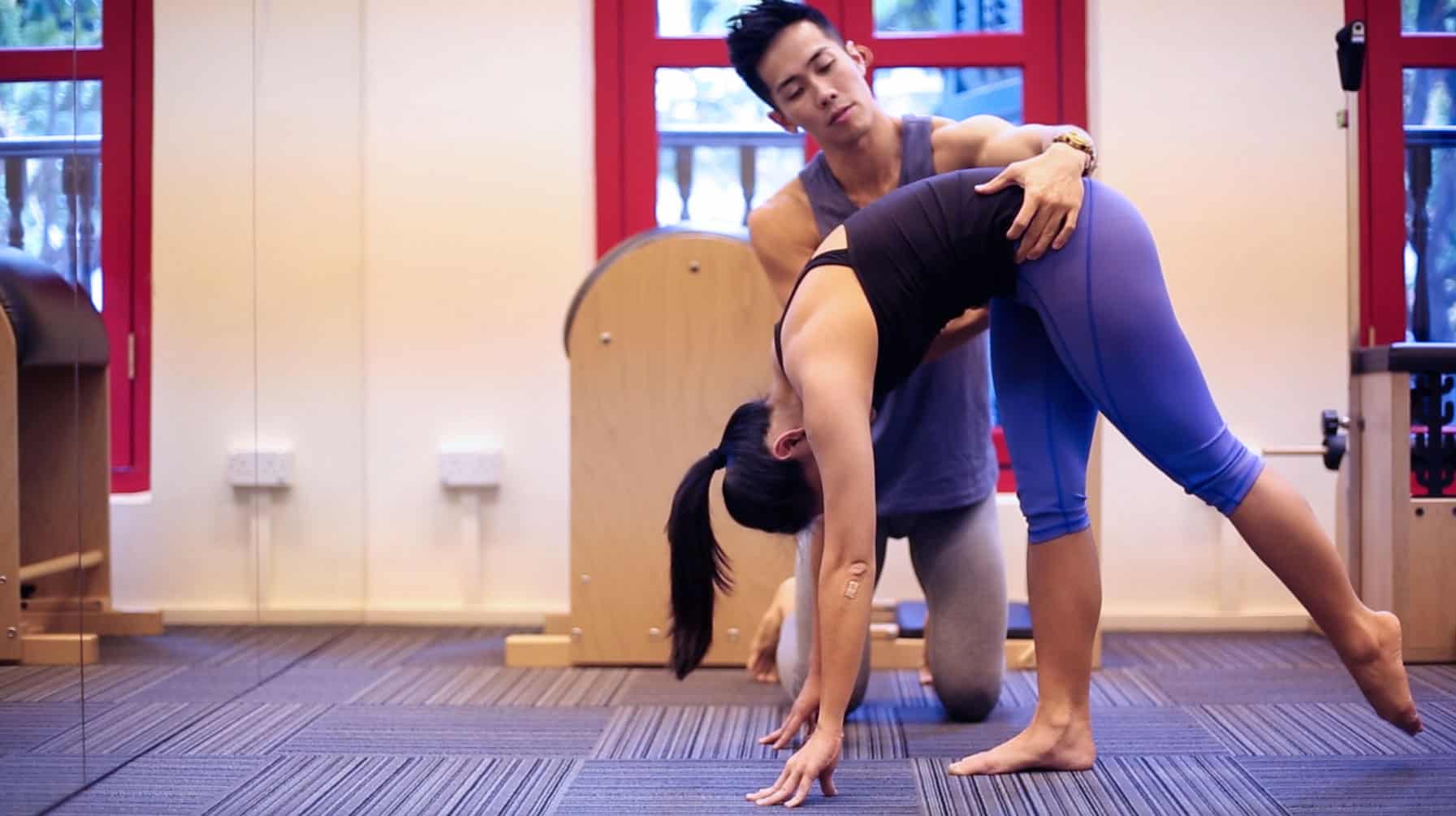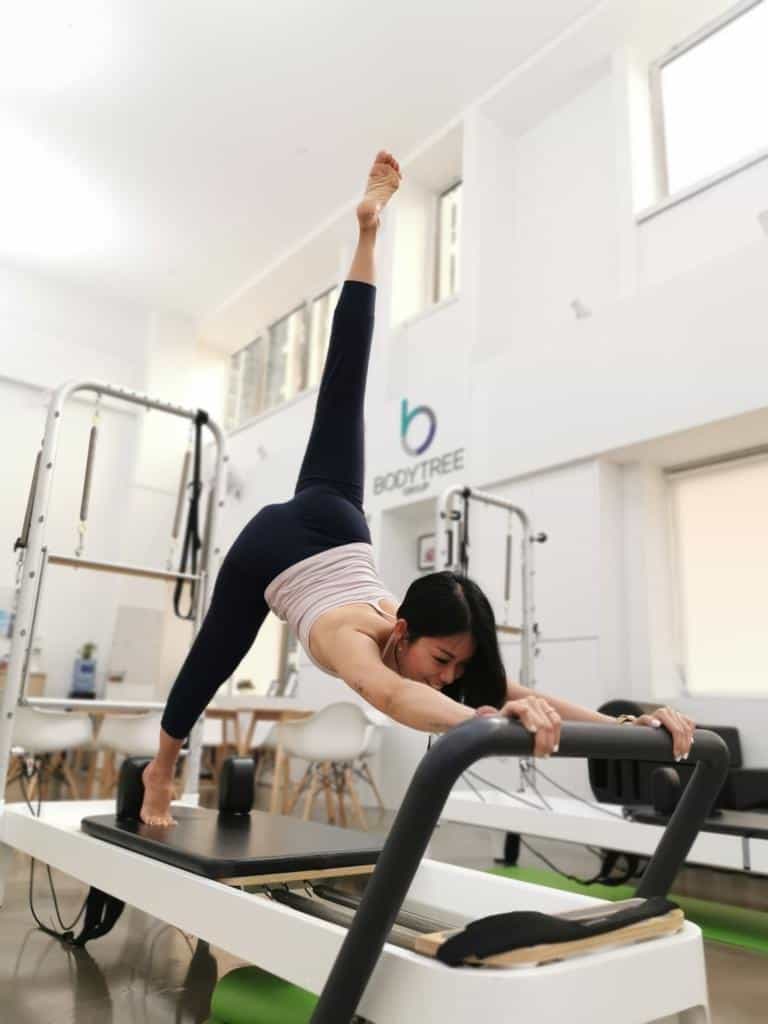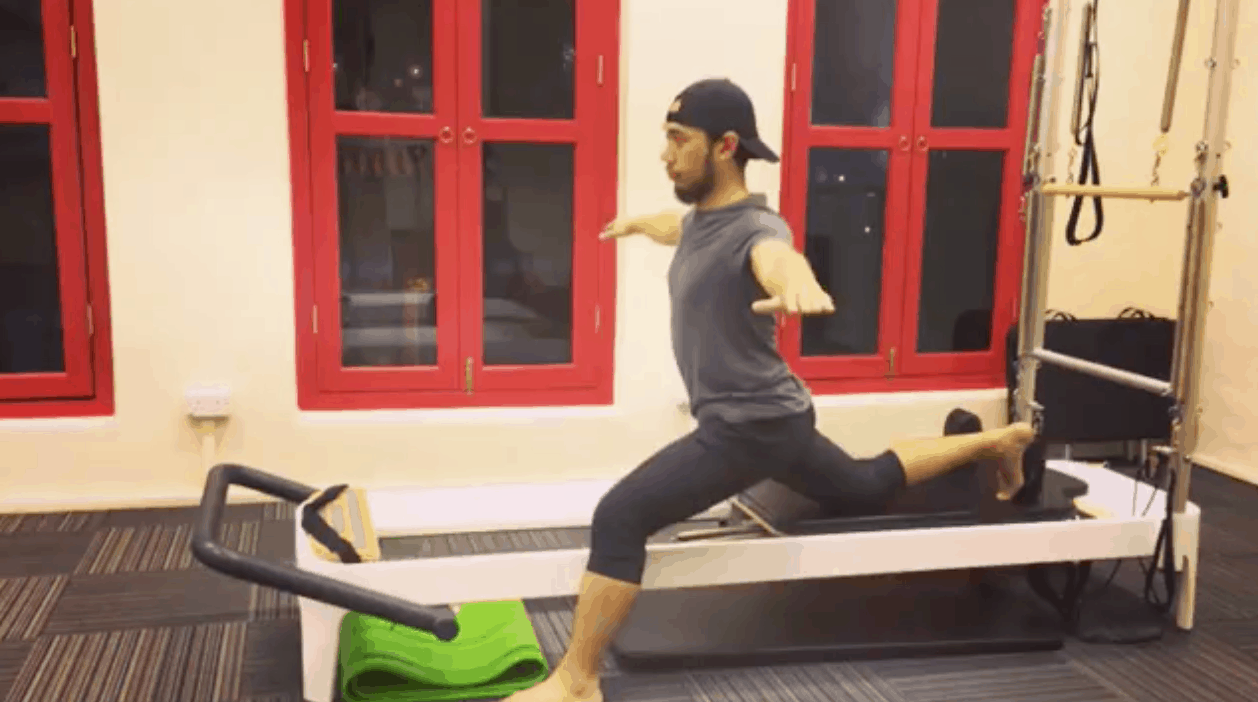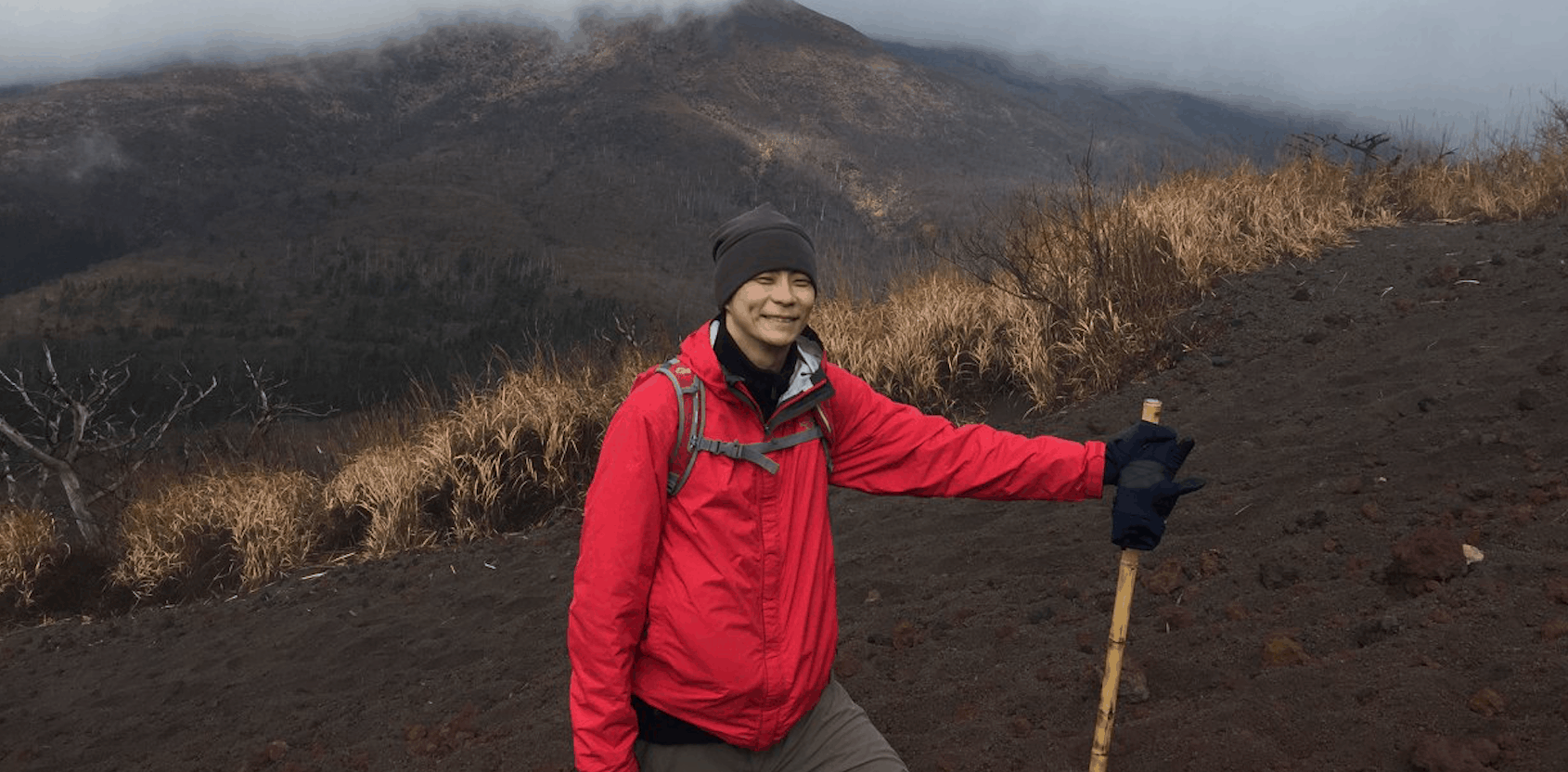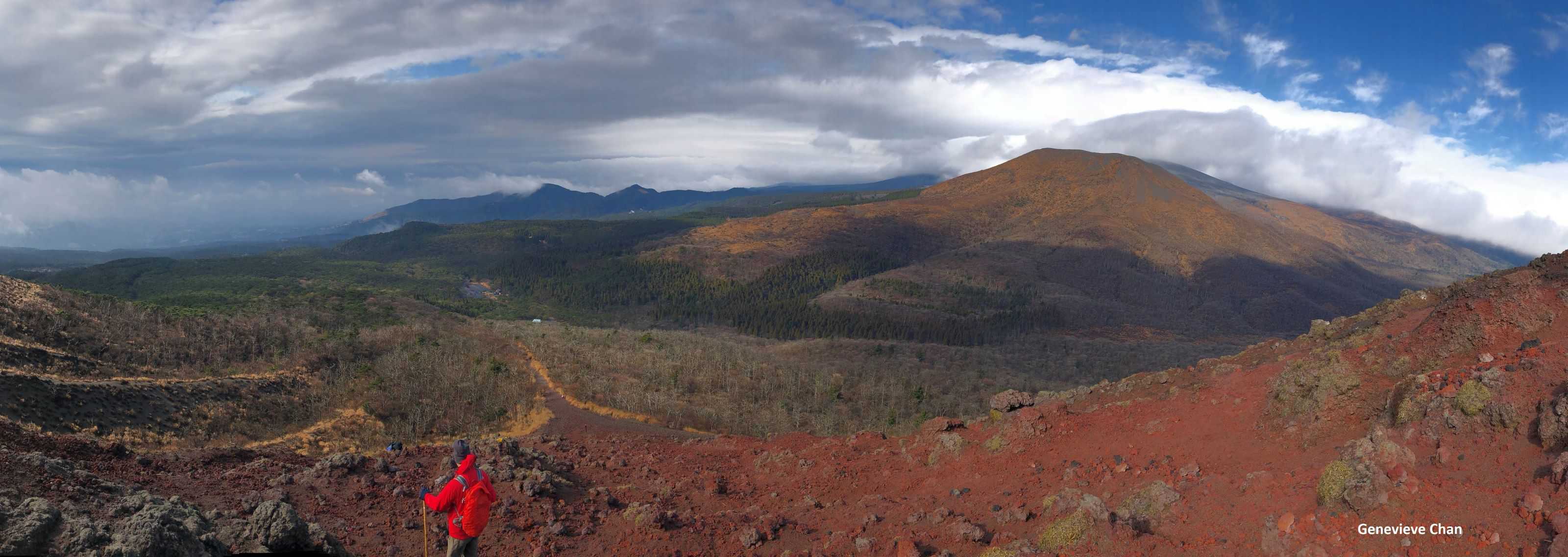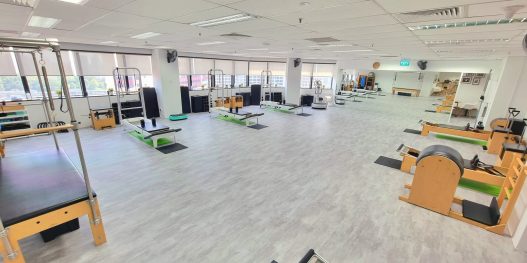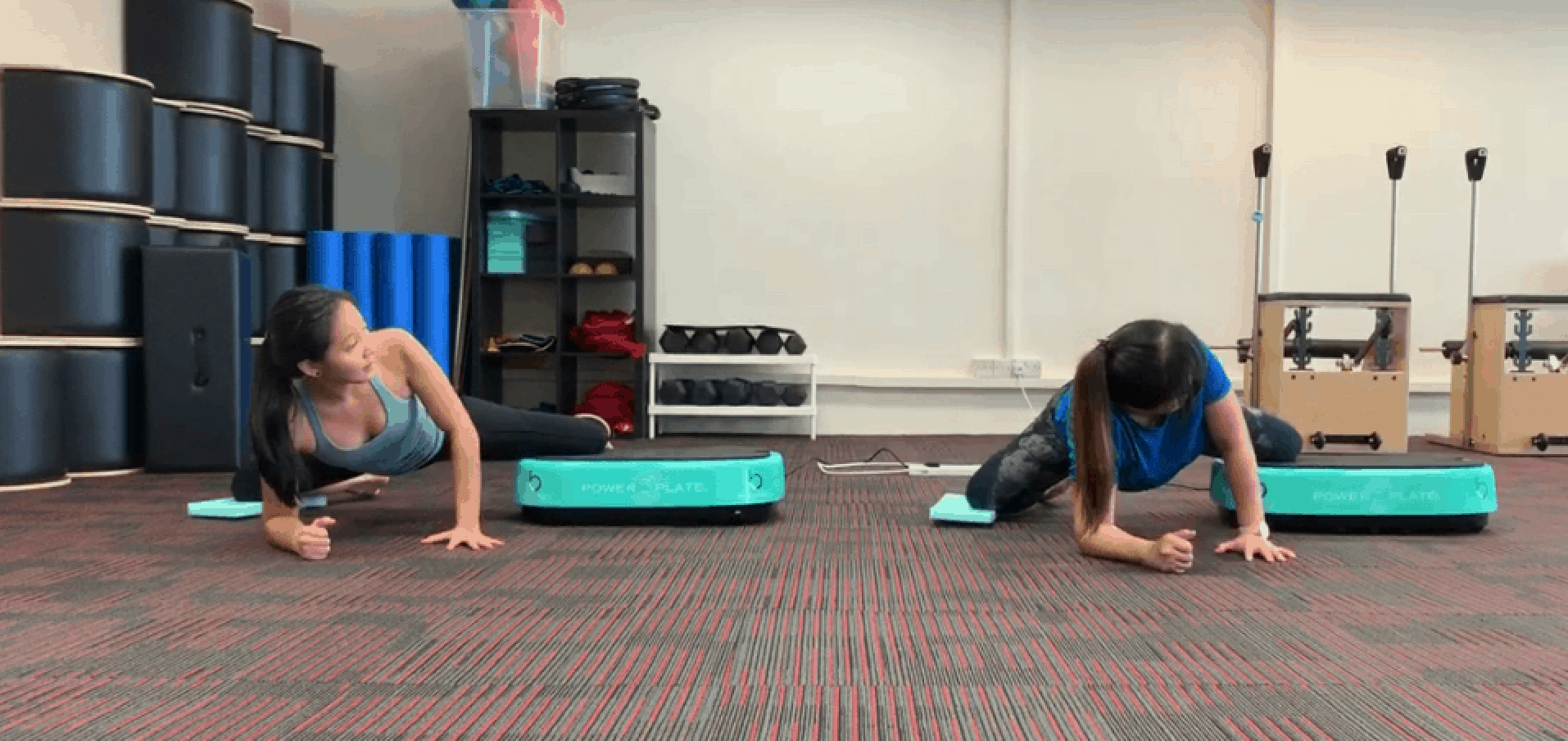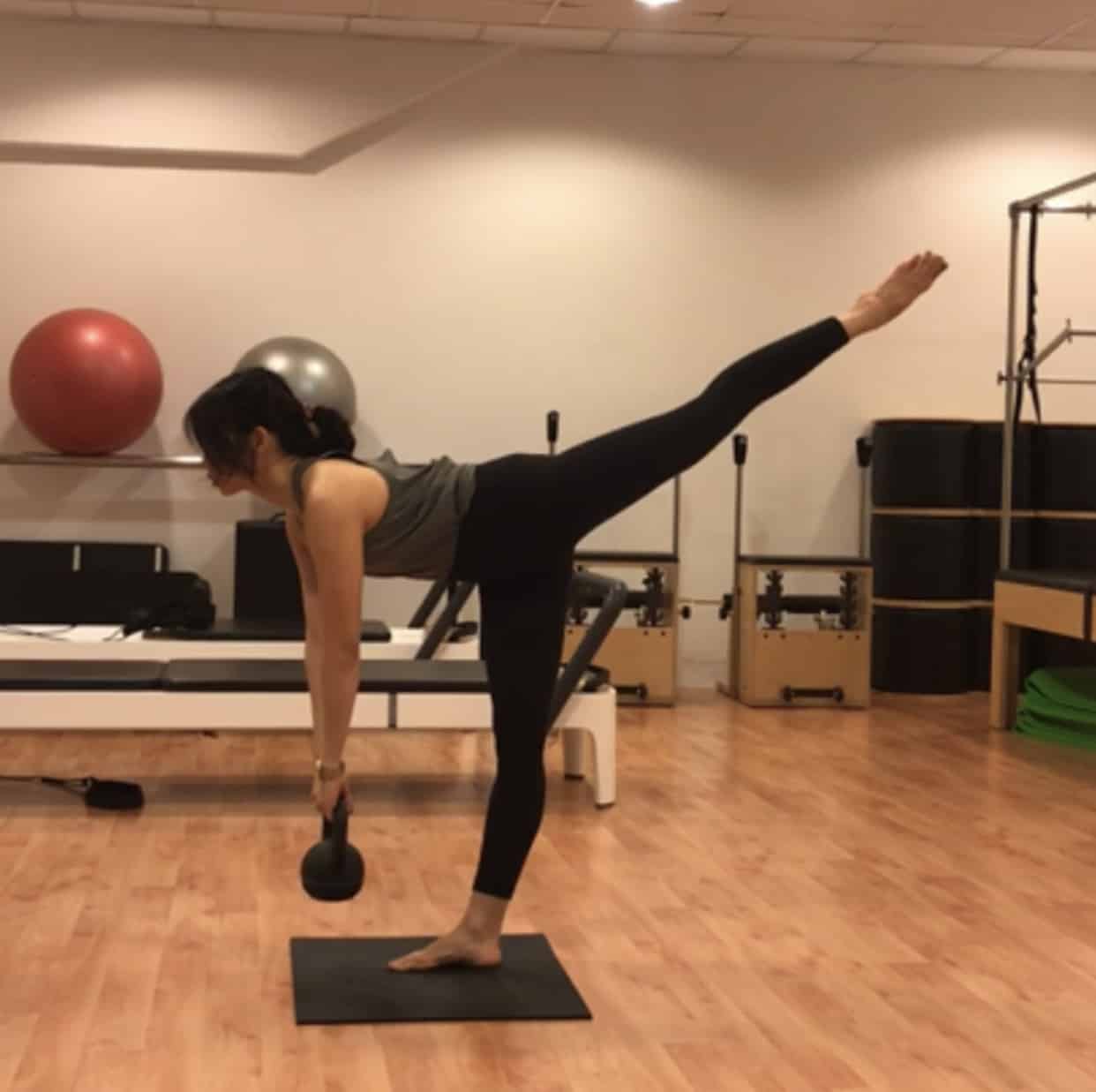Click here for the Chinese translation.
Years ago I did many aerobic and step classes – remember those days of leotard-wearing ladies in fitness centers? I liked those classes – they gave me a good cardiovascular workout and by attending such classes I was de-stressing as well, after a tough day in the office.
Over time I realized these classes were not enough for my whole body physical fitness but by then I have developed chronic shoulder pain due to long hours at the computer. As I grow older and got more stressed at work, sometimes I did not have the energy to attend classes no matter how much I liked them.
I was fortunate to be introduced to Pilates in 2001, and since then Pilates has been a key part of my movement regime.
Pilates was developed by Joseph Pilates, and during his time was known as “Body Contrology”. In his book Return to Life (written in 1945), Joseph Pilates wrote:
“Physical fitness is the first requisite of happiness. Our interpretation of physical fitness is the attainment and maintenance of a uniformly developed body with a sound mind fully capable of naturally, easily, and satisfactorily performing our many and varied daily tasks with spontaneous zest and pleasure”
That statement “physical fitness being a first requisite of happiness” resonates with me. When my shoulder pain was chronic, I could not think of anything else. It affected my work and it worse when I had deadlines to meet.
So what is Pilates and how is it different to other exercise regimes?
1. Pilates is complete coordination of body, mind and spirit
We notice in children that they have such mobility in their movements. However, as adults, our bodies do not always complement our status in life: higher education, successful career, overseas vacation etc.
As adults our bodies are no longer supple, our shoulders are rounded, our muscles are flabby and our energy much lower. This is a consequence of not spending adequate attention on our physical health in the pursuit of other things in life.
With Pilates, we aim to gain control of our body.
In our daily activities, we are not conscious of how we are using our body, such as sitting with round backs, forward head posture at the computer. And getting some of us to sit upright is very challenging. Our mind is no longer in control of our muscles.
Coupled with a more sedentary lifestyle, our movement habits are limited and repetitive. As such our brain is not fully functioning when it comes to movements. Quite often, clients feel invigorated after a Pilates class because the movements activated parts of their brain that have been dormant.
2. Pilates is about developing a balanced body
Pilates is not a system that works certain parts of your body to fatigue. Its aim is to work all the joints in the body to maintain proper functioning in life. It is about stretching, developing muscles to promote joint mobility. It is not about developing muscles purely for aesthetics or strength alone. It is developing muscles for a balanced body – flexibility, strength, endurance and mobility.
When it comes to aesthetics of the body, it has to be good posture, not just facial features alone. It is the elegance of posture and the flexibility of movement that we all aspire to. When we watch Mikhail Baryshnikov dance, these words come to mind – beautiful, graceful, strong, control – and some us secretly dream we can do just a few of his movements.
Good posture can be successfully acquired only when the entire mechanism of the body is under perfect control – Joseph Pilates.
3. Pilates develops core strength and spinal flexibility
Most of us may think developing core strength is working the abdominals. It is much more than that. It is about developing spinal strength and flexibility. The spine is the organizer of the body – without the spine, we can’t do the things we do daily – such as picking up objects from the floor, playing with our children or grandchildren.
Yet nowadays we see people of differing ages having spinal problems (e.g. back pain). “We are only as old as our spine”. Our true age is actually defined by the degree of natural and normal flexibility enjoyed by our spine throughout life. We can be 60 years old and yet have a spine of a 30 year old.
4. Pilates principles
The movements in the Pilates system are done with principles in mind and action. The main principles being breathe concentration, precision, centering, balanced muscle development and rhythm.
“Breath is a movement” – Ron Fletcher (Pilates Master Teacher and student of Joseph Pilates). So when we breathe during Pilates, we are working our breathing apparatus and creating an “internal shower”, cleaning the entire body with blood circulation.
We take breathing for granted and for most of us, our breathing has become lazy. Lazy breathing does not aid the lungs, as the stale air is not expelled completely. Imagine a glass with left over milk – it will become stale and unhealthy. It is through repeated learning of how to breathe well and deep, that the art of breathing becomes habitual, automatic and subconscious.
Most of us are not interested in developing bulging muscles but muscles that are flexible and strong. True flexibility and mobility can be achieved when all muscles are uniformly developed, and executing the movements with the guided principles.
In teaching clients, we sometimes have to remind them – we are not exercising the equipment; we are exercising our body! It is the mind-body connection that will help us change poor habits and develop a more functional body.
5. Pilates is for Everyone
Pilates is a system that is highly adaptable to anybody, whether you are someone looking to relieve back pain or an athlete who is looking to improve his skills. Clients who require rehabilitation, pre and postnatal women use it.
The versatility of this system allows even older people with hip replacement to exercise and to maintain an active lifestyle.
Having said this, today’s Pilates clients are mostly women. In the last few years, there are more men doing Pilates but there can be a lot more.
Lastly, to quote Joseph Pilates: “Physical fitness can neither be acquired by wishful thinking nor by outright purchase“.
Reference: Joseph Pilates, Return To Life (1945)

